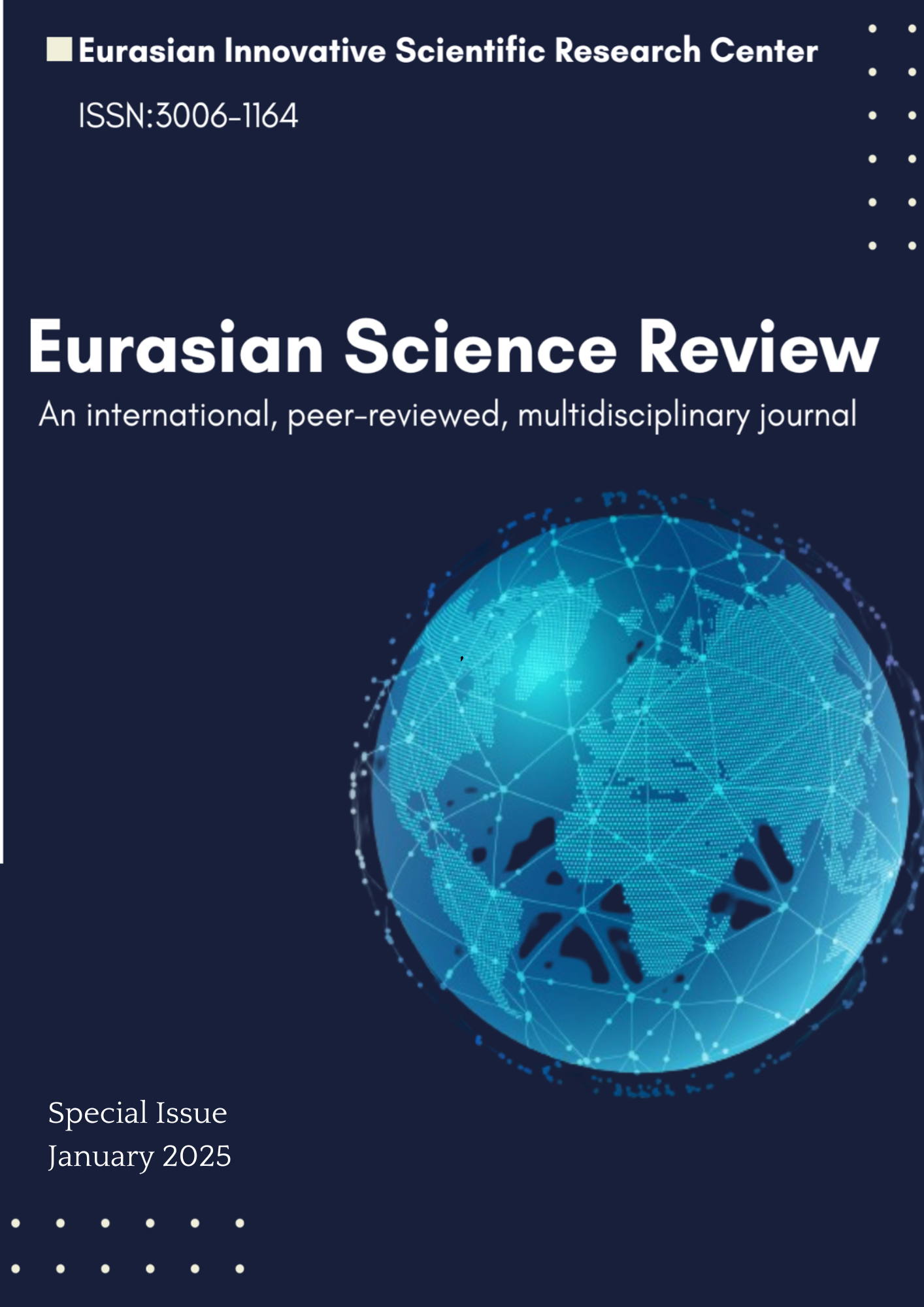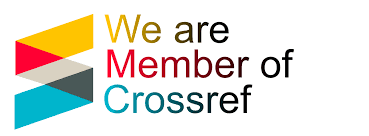Everything Can Be Grown at Home Using the Hydroponics Method
DOI:
https://doi.org/10.63034/esr-450Keywords:
Hydroponics, soilless method, plant cultivation, mustard greens, nutrient solution, aggregate culture, chemoponics, fertilizer, productivity, home gardeningAbstract
The scientific work examines the effectiveness and features of growing plants without soil, using the hydroponic method. Hydroponics is a technique in which the plant’s root system is placed in an artificial medium with a specially prepared nutrient solution. This method allows for growing peppers, tomatoes, cucumbers, lettuce, berries, flowers, and other plants at home.
The study describes types of hydroponics such as water culture, aggregate culture, and chemoponics, highlighting their differences and specific applications. Additionally, the results of growing mustard greens using both hydroponic and traditional soil methods are compared, with advantages and disadvantages of each method identified.
Hydroponics offers solutions to the problem of quality soil scarcity, helps protect plants from weeds and pests, increases productivity, and saves water and fertilizers. This method also allows for producing large yields in limited spaces.
References
Son, J. E., Kim, H. J., Ahn, T. I. Hydroponic Systems // Plant Factory. – Academic Press, 2020. – pp. 273–283.
Bolsunovskaya, D. O., Potapchikova, S. A. Is Soil Necessary for Growing Vegetables? // Responsible Editor. – p. 11.
Wolf, R. A. Soilless Agricultural System and Components Therefore: U.S. Patent No. 4584791. – 1986.
Postma, J., Van Os, E. A., Kritzman, G. Prevention of Root Diseases in Closed Soilless Growing Systems by Microbial Optimization // Mededelingen - Faculty of Agricultural and Applied Biological Sciences, Ghent University (Belgium). – 1999.
Fedorenko, A. How to Get a Miracle Harvest on Your Windowsill All Year Round. – Moscow: AST; Knizhny Dvor, 2003.
Lazarevich, S. V. Organography (Leaf). – 2009.
Downloads
Published
How to Cite
Issue
Section
Categories
License
Copyright (c) 2025 Zhaksylykkelini Ulzhan Akmoldakyzy

This work is licensed under a Creative Commons Attribution 4.0 International License.





